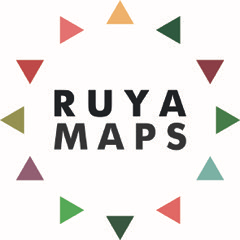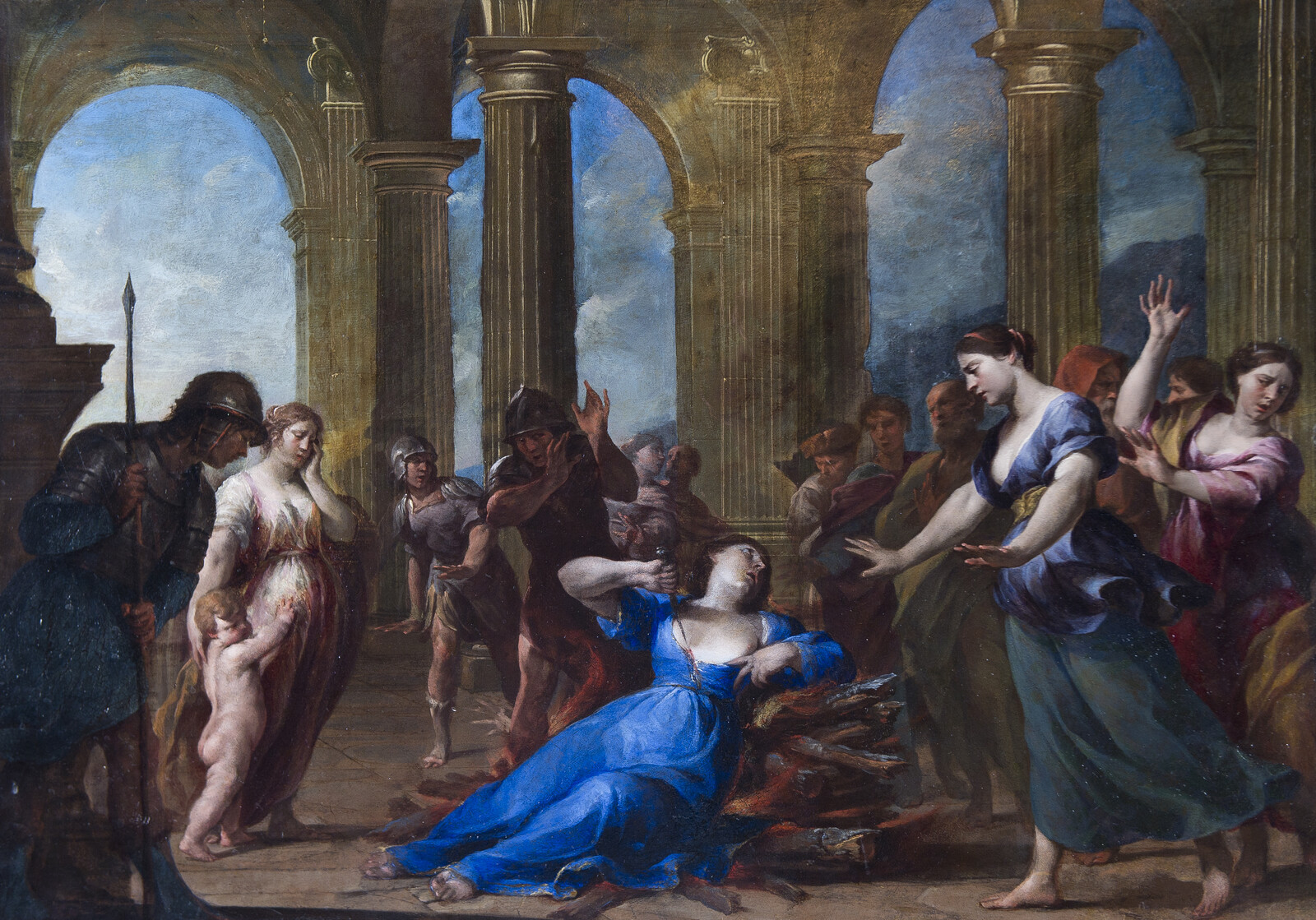May 11–November 24, 2019
RUYA MAPS is pleased to announce the exhibition Heartbreak to coincide with the 58th Venice Biennale. Taking the story of Dido and Aeneas as its starting point, Heartbreak will feature work by: Majd Abdel Hamid, Talar Aghbashian, Lana Čmajčanin, Maryam Hoseini, Imad Issa, Farah Khelil, Randa Maddah, Füsun Onur and Christiana Soulou.
Dido and Aeneas’ story touches on aspects of grief and sorrow that extend beyond personal distress into collective experience concerning land, country, fate and historical necessity. Their story is also a tale of East and West; Dido is an Eastern queen betrayed for the foundation of a Western empire.
Heartbreak will be RUYA MAPS’ first presentation in Venice and aligns with its mission to support artists working in, or concentrating on, areas of political and social instability, while addressing the need for a wider global conversation about loss, betrayal and exploitation.
Tamara Chalabi, Director of RUYA MAPS and co-curator of Heartbreak said: “Our exhibition follows the map of the ancient world, from Persia to Rome, to trace this journey of heartbreak. In recent and current times, over this extended area, notable cultural and political trauma—through the loss of countries and the loss of lives in war—contribute to the loss of the past and a loss of hope.”
Paolo Colombo, co-curator of Heartbreak said: “Through a series of new commissions and never-before-seen works, Heartbreak will explore the interconnections between individual histories and collective devastation. We have selected artists from areas of rich cultural heritage within the wider map of Aeneas’ travels until his encounter with Dido.”
A number of works will explore the collective heartbreak felt by communities experiencing conflict. War as the origin of Dido and Aeneas’ story will be explored by Talar Aghbashian in a series of new acrylic paintings. Imad Issa, who was one of the first artists to work on the Lebanese Civil War, will present sculptures and video work.
Continuing the interrogation of violence, Majd Abdel Hamid will present a new commission about Tadmur Prison, a notorious prison of the current Syrian regime. Embroidered reproductions of the prison floor plans will be accompanied by a stream-of-consciousness audio narrative. The mapping of heartbreak will be developed in Lana Čmajčanin’s commission, a work that consists of around 40 maps and explores various delimitations of territory in the Mediterranean area.
The exhibition will also include works by Füsun Onur, many of which have never travelled before. Onur’s substantial career has seen her employ everyday materials in a variety of ways to deal with nostalgia and the sense of longing for that which cannot be retrieved. Her work will be exhibited alongside a commission by Farah Khelil interrogating feelings of memory and nostalgia for her hometown Carthage, also the mythical homeland of Dido.
Christiana Soulou makes figurative drawings which invoke Renaissance draughtsmanship and illustrate literary or historic characters. She has created new works informed by Dido and Aeneas. The Death of Dido by Andrea Vaccaro (1600–1670) will be shown nearby, accompanied by audio from Purcell’s opera Dido and Aeneas. A counterpoint to the Dido and Aeneas story will be presented in Maryam Hoseini’s commission, which responds to Layla and Majnun by the celebrated Persian poet Nizami (1141–1209). It tells a story of forbidden love which causes the heroine to be imprisoned and the hero to descend into madness.
The exhibition will also include two video works, one by Majd Abdel Hamid and the other by Randa Maddah, a Syrian artist from the Golan Heights whose work deals with imprisonment, occupation and containment.
Opening hours are 10am–6pm, every day except Mondays.
Media enquiries: Rosanna Hawkins, rosanna [at] reesandco.com, T +44 (0)7910092634
General enquiries: info [at] ruyamaps.org



